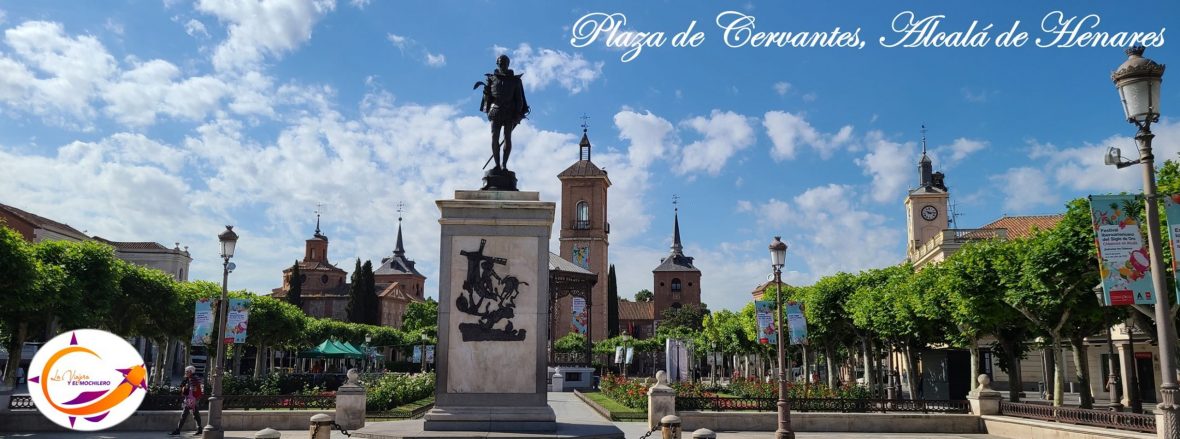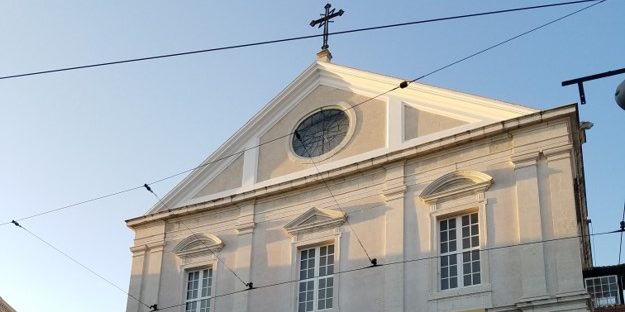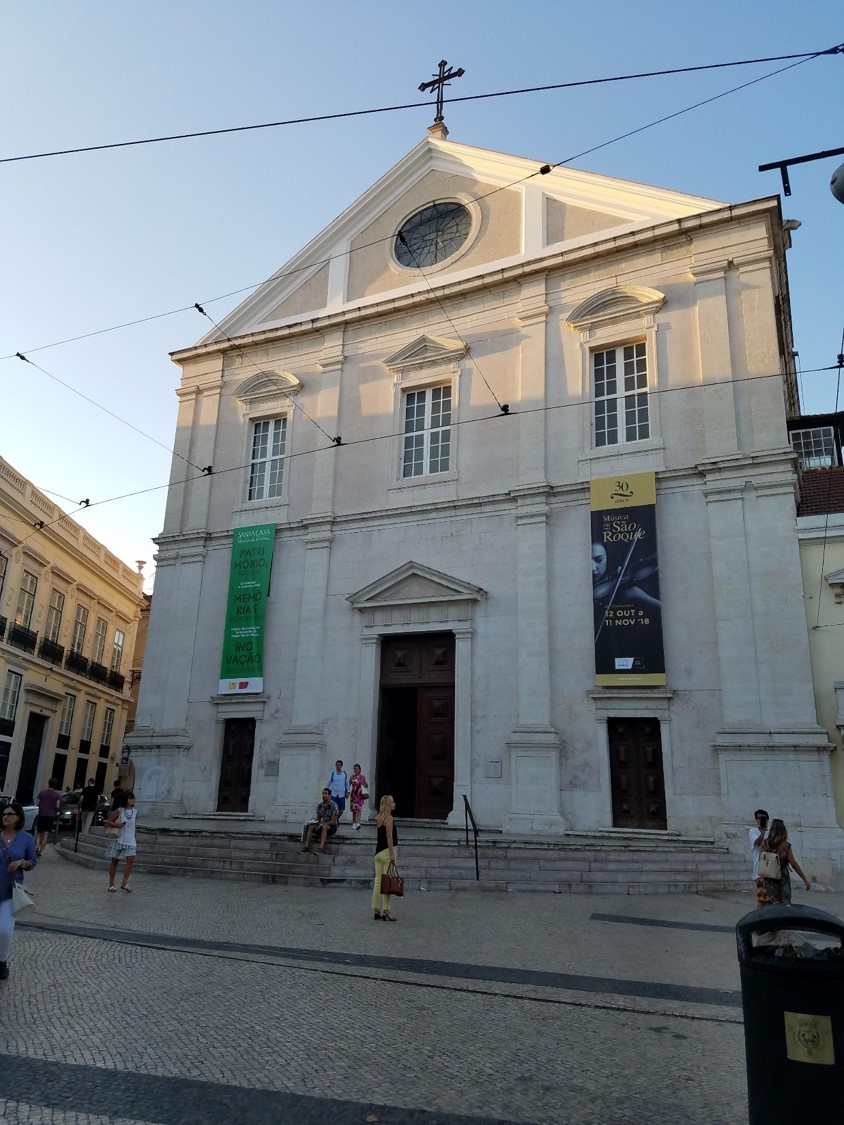 The “Igreja de São Roque” in Lisbon, Portugal, was originally a hermitage to keep relics of São Roque, Patron Victim of Plagues. In 1505, the city of Lisbon was infested by a plague, knowing that San Roque was the patron saint of the victims of plagues, the relics or remains of the Saint were obtained.
The “Igreja de São Roque” in Lisbon, Portugal, was originally a hermitage to keep relics of São Roque, Patron Victim of Plagues. In 1505, the city of Lisbon was infested by a plague, knowing that San Roque was the patron saint of the victims of plagues, the relics or remains of the Saint were obtained.
With faith placed in San Roque, the sick could recover or be cured of that plague. When the relics were received, the hermitage was built for safekeeping. That hermitage was later is turned into the Church we see today. The construction began in 1506 and finally the church is consecrated in 1515.
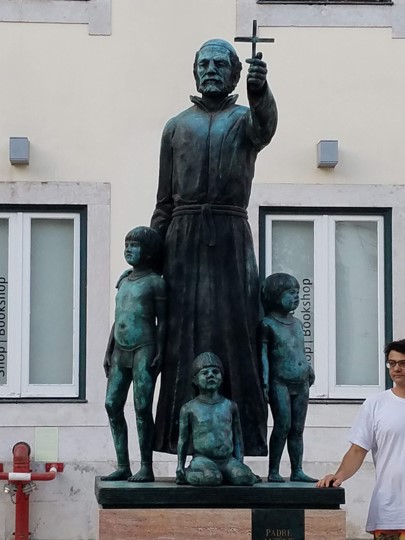
It was around 1540 that the Jesuits arrived in Lisbon at the invitation of King Juan III of Portugal. In 1553, the Jesuit Order moved to the Church of San Roque and by 1555, began the construction of the current temple, to replace the small hermitage. It was that the first church founded by the Jesuits in Portugal. It became the main headquarters of the Jesuits in Portugal until 1759, when they were expelled from the country.
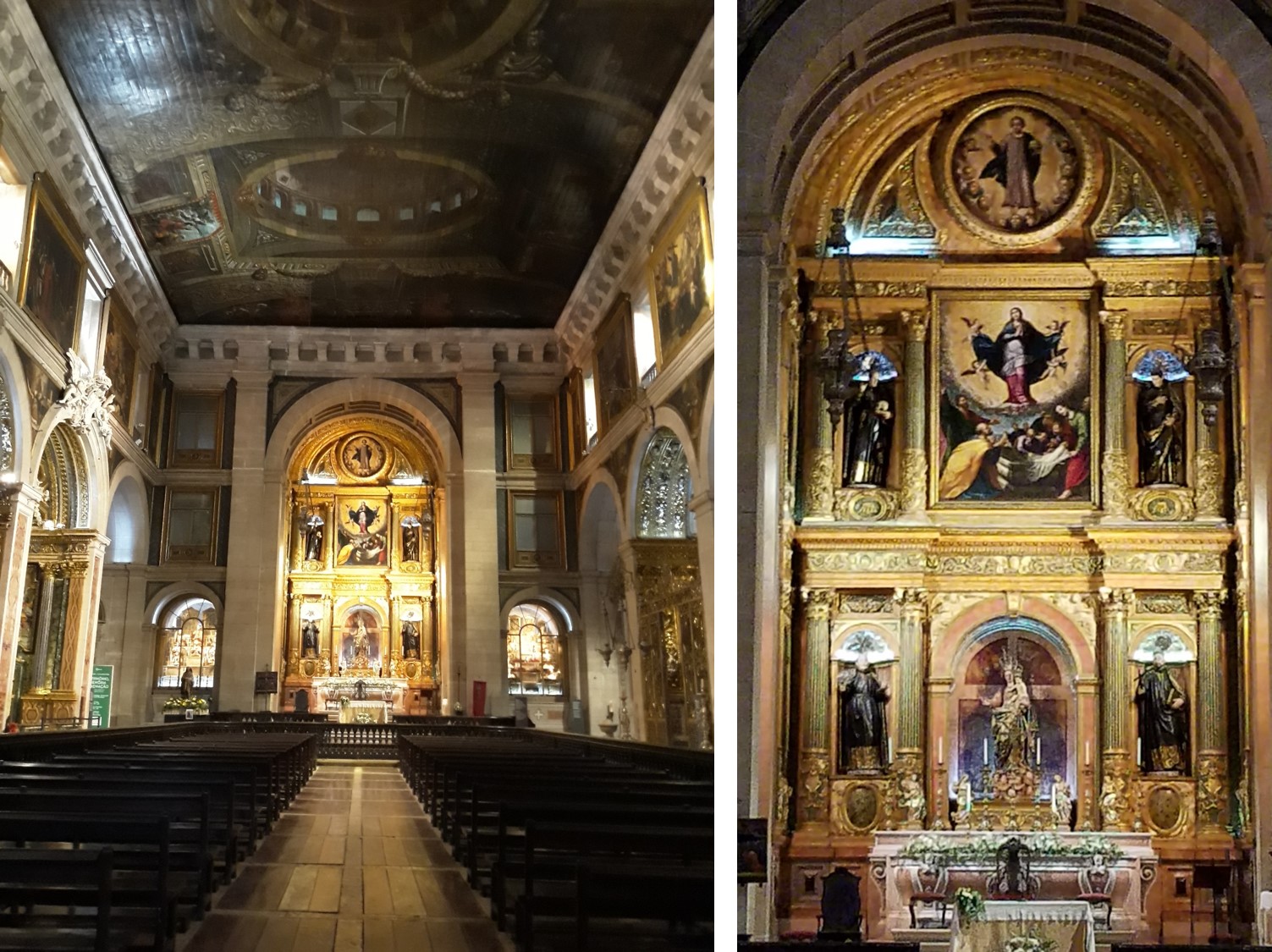
This type structure “Auditorium – Church” was built in the Baroque style on the outskirts of the walled city, in what is now known as the “Barrio Alto”. The Jesuits were dedicated to the educational activity, and therefore the design and organization of the temple served two purposes; Education and Church, instruction and evangelization. The structure consists of a single nave, with eight chapels on the sides, in Mannerist style and different expressions of the Baroque. The roof above the nave is Mannerist style, painted in the “trompe l’oeil” style that creates the optical illusion of a barrel vault over four arches. In addition, this painting technique creates the illusion of balconies and three domes.
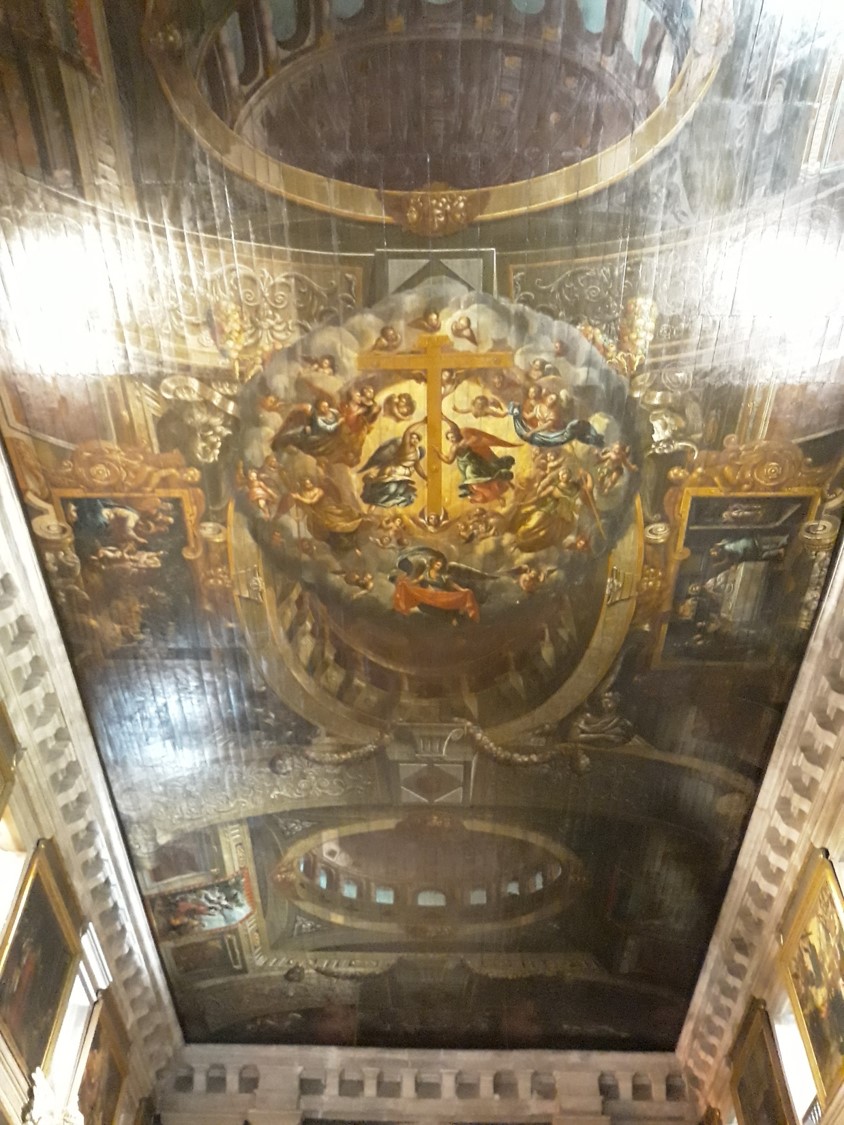
Interesting is the side chapel dedicated to St. John the Baptist that was built in Rome, being consecrated by Pope Benedict XIV in 1744. Later, it was dismantled to be sent and assembled in the Church for the year 1752. In this chapel the Rococo style.
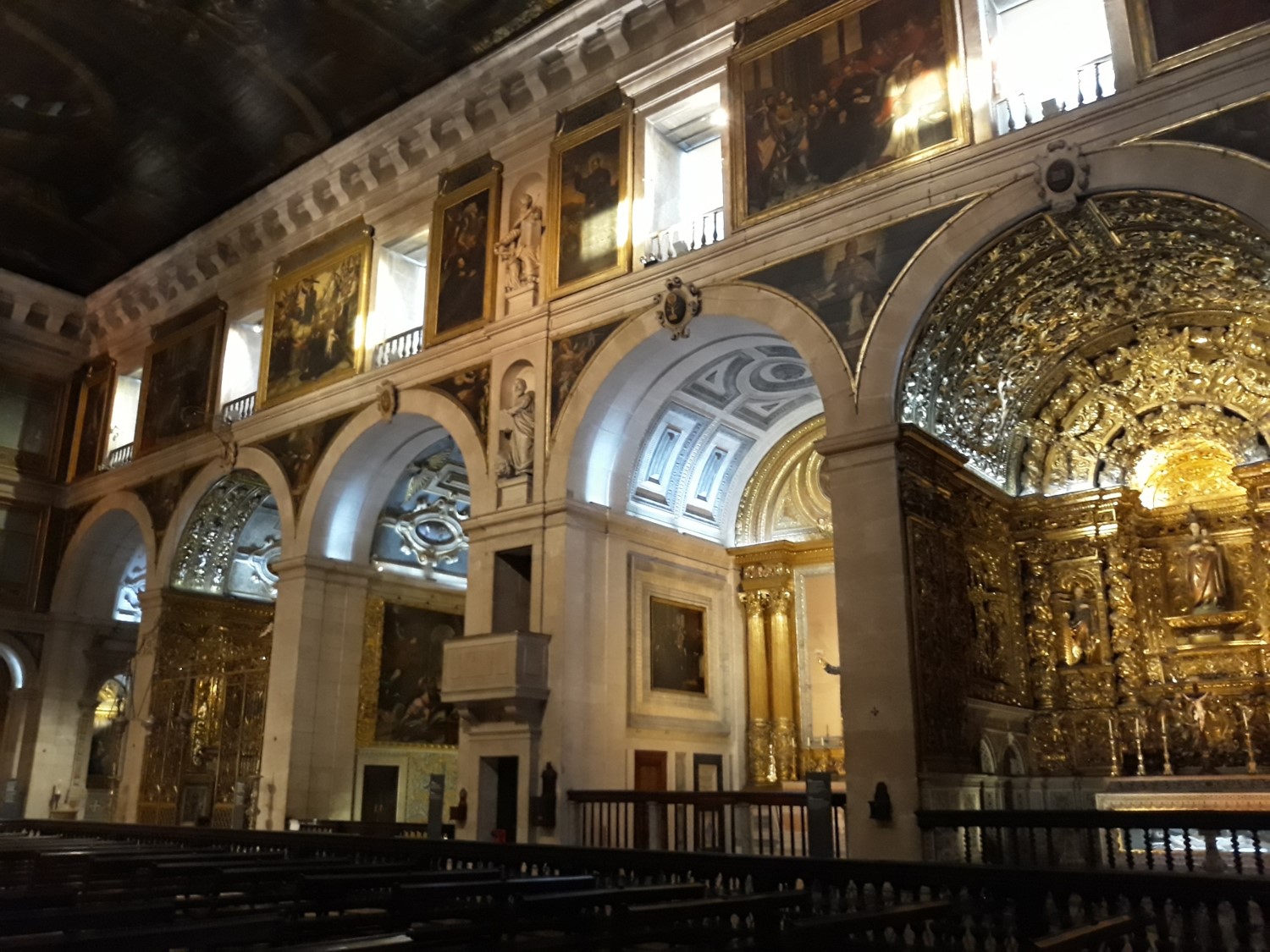
This temple was one of the very few structures that managed to survive the earthquake of 1755. The property was transferred to Santa Casa da Misericórdia Lisboa, given that this organization lost its headquarters during the earthquake.
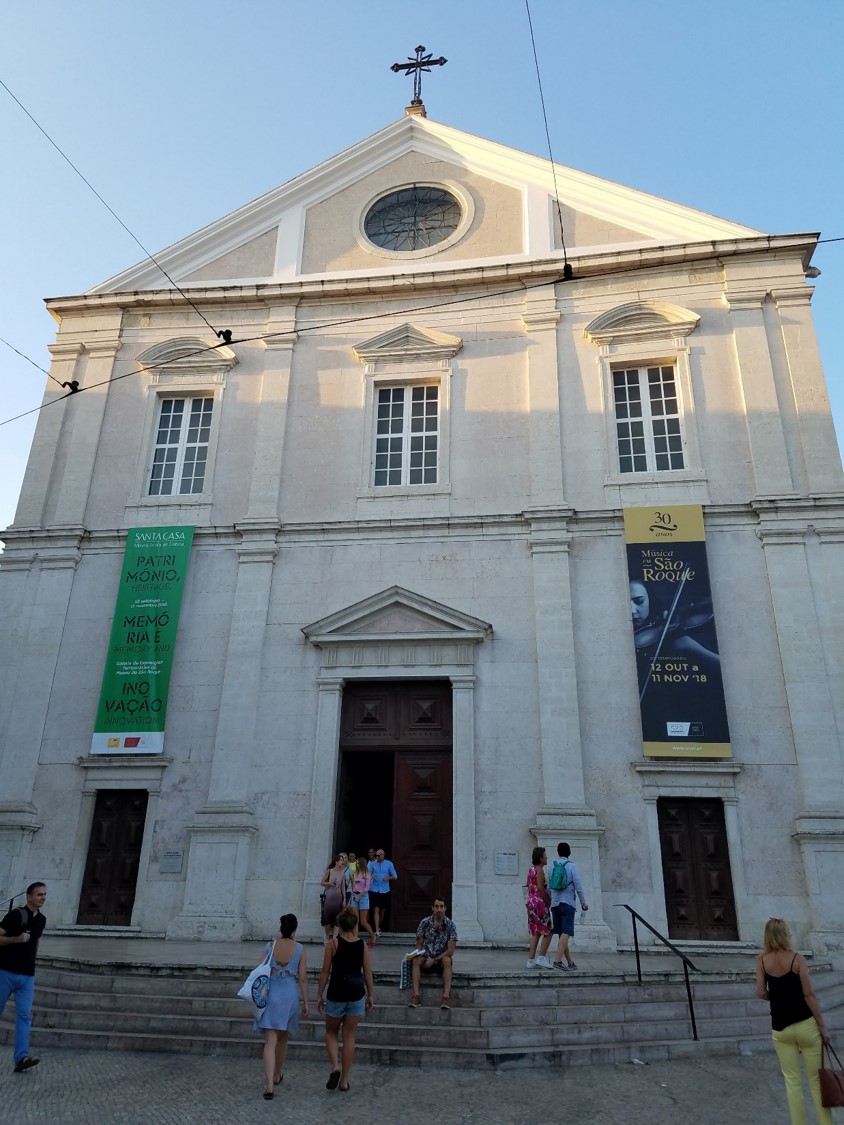
Next to the Church is the Residencia de los Jesuitas, now converted into the Treasure Museum of the Chapel of San Juan Bautista (1905).
